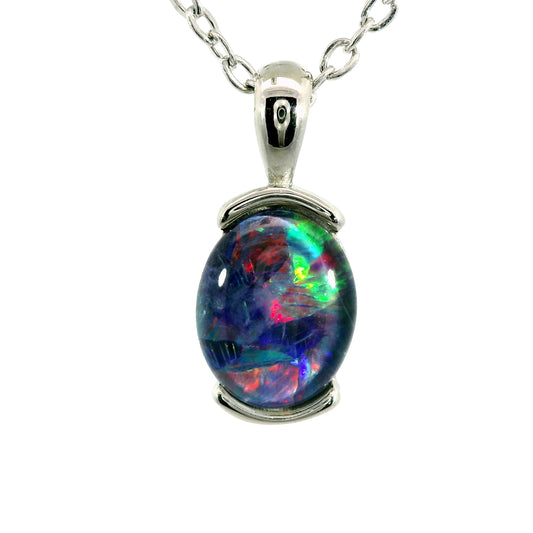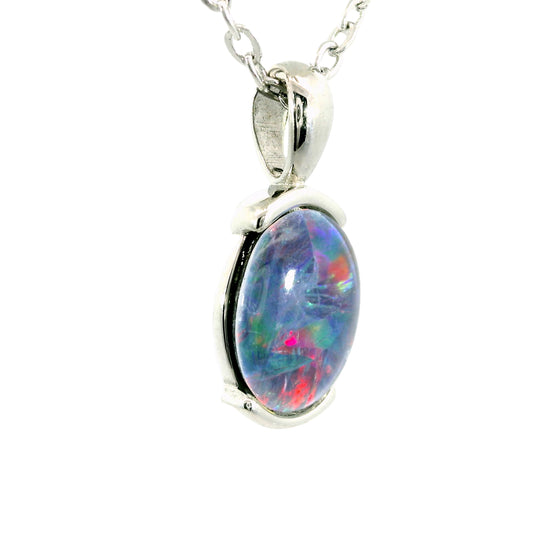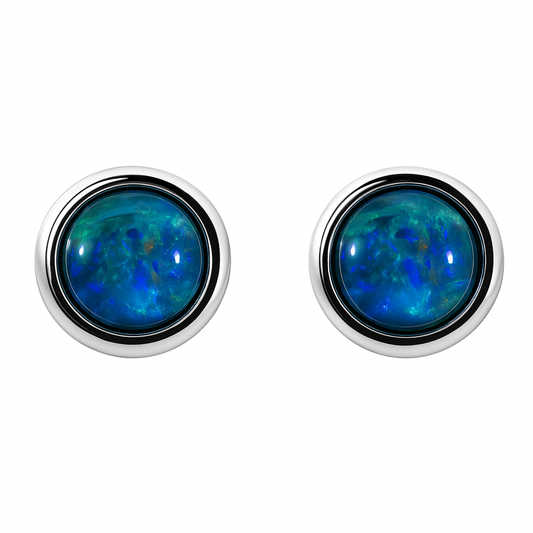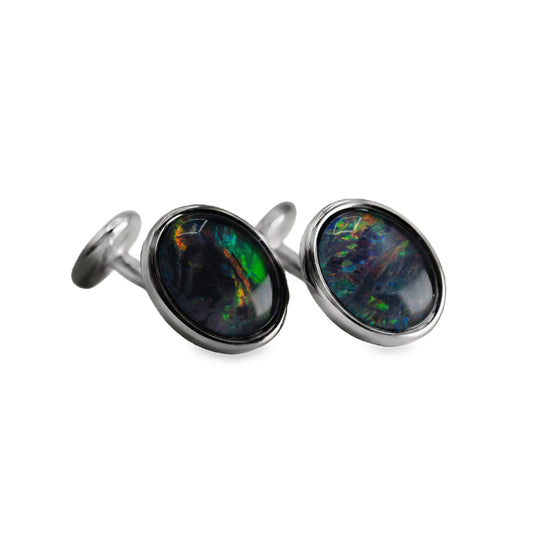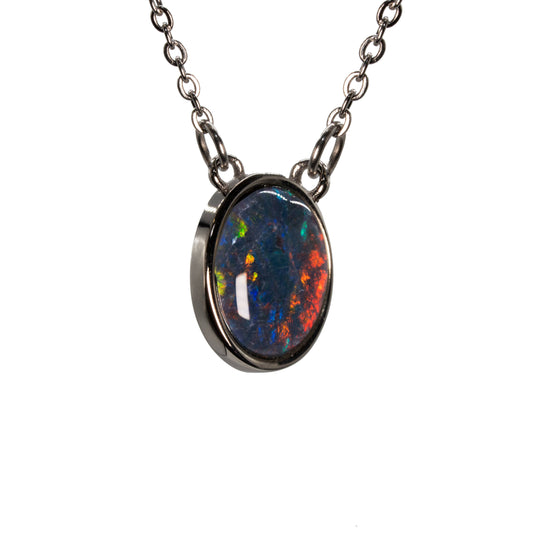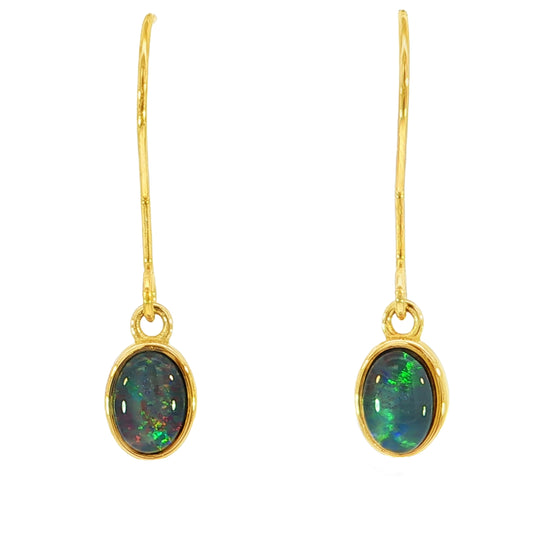Is Hand Sanitiser Bad For Jewellery?
Recent events have brought the importance of sanitation to the forefront of our minds. In light of COVID-19, we as a society have become more aware of how infections and disease can spread, and because of this, are aiming to sanitise more things that we interact with on a daily basis.
It makes sense that you would want your to be sanitised and protected from carrying germs and bacteria. Because of this, it may come as a shock that hand sanitiser, an item that has become notorious due to its scarcity in recent months, might actually cause harm to you and your prized possessions.
Hand sanitiser is liquid used to decrease infectious agents that might be present on the surface of your hands. Each variation of the product (alcohol-based and alcohol-free) contains disinfectants, which are used to kill bacteria, and prevent any harmful microorganisms from growing.
The main reason why hand sanitiser is harmful is because of its composition. Most hand sanitisers contain at least 60-95% alcohol. Although this is not an issue for organic matter, such as your hands, it can drastically affect the livelihood of your precious jewellery. This will ultimately dull your jewellery, resulting in a diminished shine, or even destruction of the product's structural integrity through the loosening of prongs and clasps. This can be troublesome if you apply hand sanitiser frequently throughout the day whilst wearing jewellery; this does not mean you should stop using the product altogether, instead just remove the jewellery piece in order to preserve it from long term damage.
How Different Metals React
Sterling silver will need more caution. Hand sanitiser will often contain chemicals that will break down the components within the metal, regardless of the alcohol content. This can be especially damaging, due to the metals increasing popularity. Gold, however, is seen to be relatively safer against alcohol content. This perceived safety ultimately depends on the metal's purity; the lower the karatage - meaning that less ‘pure’ metal is used with a higher content of metal alloys present - the more likely it is that your ring will be damaged.
Rhodium Plating
While it is normal for jewellery to require replating over time, due to consistent wear and interaction, hand sanitiser will wear down rhodium plating, causing potential cracks and abrasions. This could ultimately lead to the metal underneath being compromised, leading to unfortunate (but not irreparable) damage.
With all jewellery, however, it is important to remember that the more they are exposed to outside chemicals the more likely they are to be worn down and tarnished. It is better to treat your jewellery with caution, as it will ensure that both you and your jewellery are safe.
How To Safely Sanitise Your Jewellery
Although removing your jewellery while using hand sanitiser can be difficult, it will ultimately allow your jewellery to be kept safe, and therefore live longer. There are a few methods available when it comes to cleaning jewellery. These primarily focus on soaking your jewellery using an ultrasonic cleaner (or even a bowl of warm water) can be beneficial to the sanitary nature of your jewellery. Be aware of the gemstones present within your jewellery, as these cleaning methods can damage them further. If you are worried about damaging your gems, use a damp cloth and gently clean your jewellery. This can be time consuming but is good for delicate items.
More: Where to buy opals











































































































